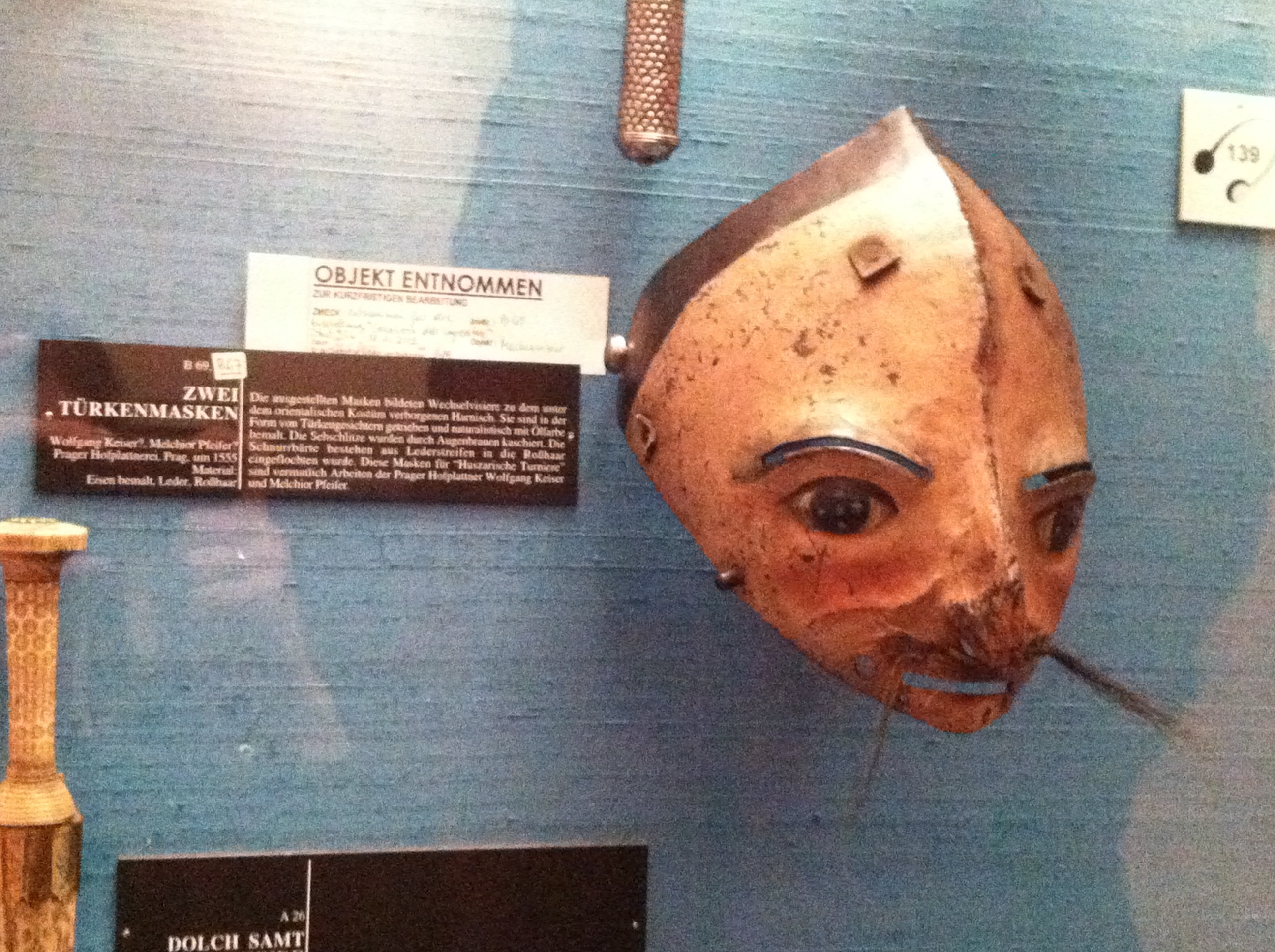Mamlaz
Sergeant Knight at Arms

Mr.Nock said:Historical "amour," eh? Why has no one touched on this subject yet?
It is merely a strange version of a standalone gambeson.

Mr.Nock said:Historical "amour," eh? Why has no one touched on this subject yet?
xZEUS99x said:
'Murica

Captured Joe said:That scene is so magnificently grotesque and absurd, it's impossible to forget.
F.F.C._fritz said:Sorry all for OT.
Gestricius said:Sidenote : Is it just me, or does it appear as the man in the armour is holding a percussion cap rifle?
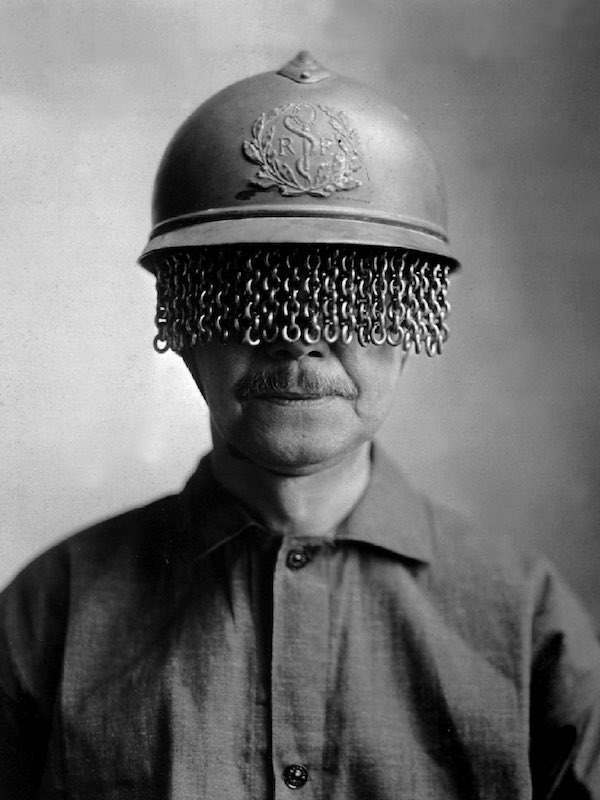


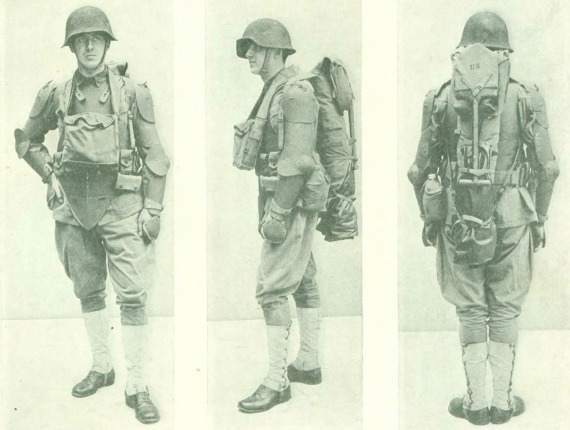
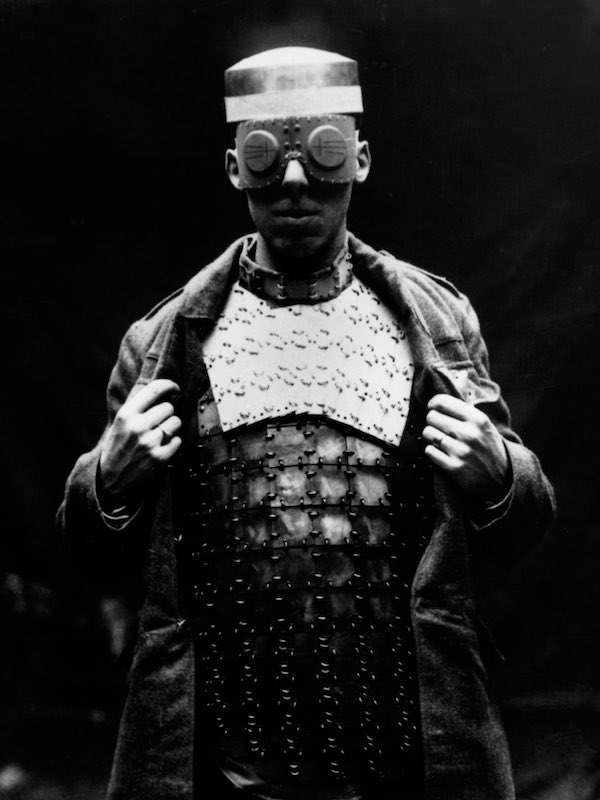

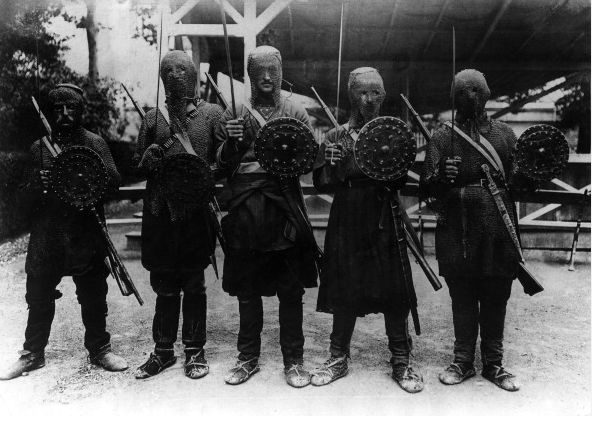

F.F.C._fritz said:Man, the next one looks like one of those sci-fi, steam-punk stuff it seems to be so loved nowadays. Or something out of a Wolfenstein game.

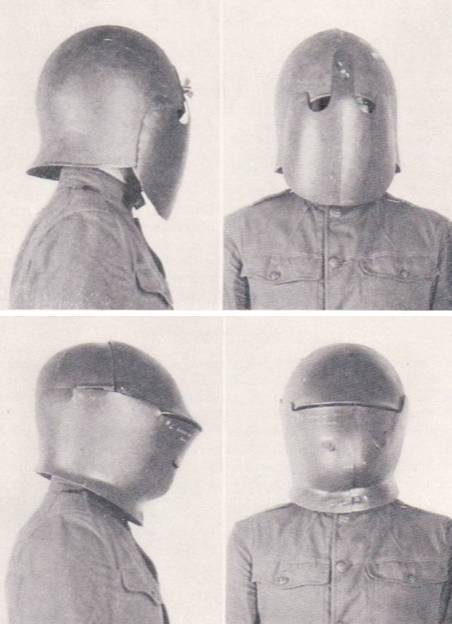
xZEUS99x said:This makes so much sense. Plate went out of style because of bullets punching right through it, so obviously now that bullets are so much more advanced the obvious way to protect soldiers it to dress them up in....plate armor.
Bluehawk said:A narrow (and pointed), jacketed, high velocity round will always penetrate better than a slow, broad, naked, lead sphere. That's why the wounds are "cleaner", they have a greater chance of leaving the body in the same condition they entered it with minimal deformation of the bullet and much of its kinetic energy retained. Exit wounds tend to be wider than entrance wounds due to the fact the bullet is pushing outward rather than inward, but a musket ball hits a broader surface area on contact, often slows to a complete stop in the body, and flattens itself or fragments into multiple pieces which diverge inside the victim.
As far as metal on metal goes, the 20th century cartridges will out-penetrate any muzzle loader, rifled or not. If a matchlock can reliably defeat your plate at a given distance, you should go nowhere near an MG 08/15.



